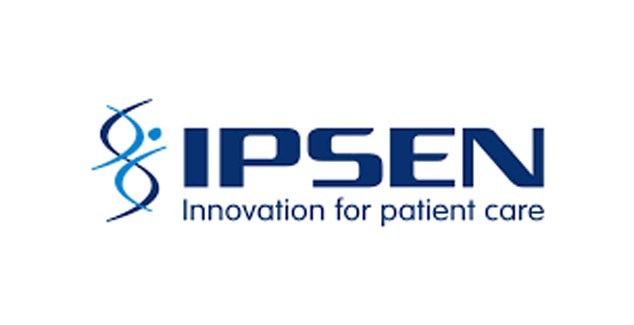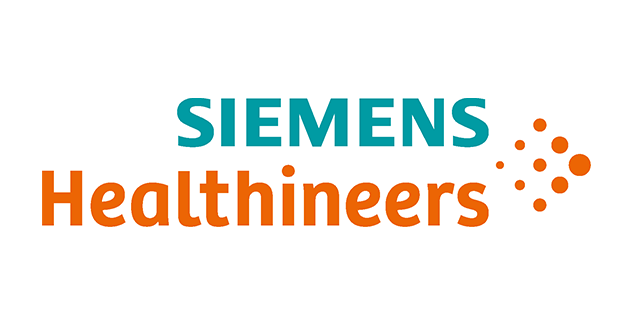Alejandro Gonzalez-Aquines1, Julieta Rosales2, Ana Claudia Souza3, Angel Corredor4, Miguel A. Barboza5, Victor Navia-Gonzalez6, Florencia Brunet-Perez7, Javier Lagos-Servellon8,9, Nelson Novarro-Escudero10, Diego A. Ortega-Moreno11, Victor Villarroel-Saavedra12, Carlos Abanto13, Jose Domingo Barrientos-Guerra14, Filadelfo Saltos-Mata15, Vasileios Papavasileiou16,17, Oliver Todd18,19, Fernando Gongora-Rivera11 on behalf of ALATAC collaborators.
A recent systematic review has estimated the incidence of stroke in Latin America to be around 3,060 cases per 100,000 people. 1 Whilst there have been improvements in the quality and access to acute stroke care, there are now a higher number of stroke survivors and, in Latin America alone, the Years Lived with Disability (YLDs) due to stroke have risen over 50% from 2000 to 2019. 2
The increasing burden of post-stroke disability motivated a group of researchers from across Latin America and the UK to identify, both access, and barriers to rehabilitation in Latin America. “We know that acute treatments have improved and successfully increased survival rates, but now we need to look at how to enhance stroke rehabilitation services and improve outcomes after stroke” explained Dr Gonzalez-Aquines “To know how to improve our services we first need to identify barriers to rehabilitation.”
The authors set up a survey covering three areas of care: availability of guidelines on post-stroke rehabilitation, services offered in hospitals and coverage and financing of the different rehabilitation services. With the help of local leaders and members of Young Latin American Task Force (ALATAC)3, the survey was distributed across 17 countries and received over 250 responses from 98 cities across Latin America.
“One of the first things we noted was that the financing of rehabilitation was identified as a barrier to both inpatient and outpatient rehabilitation, with over 75% of our respondents identifying this in the public sector.” Explained Dr. Gonzalez-Aquines “Likewise, a lack of personnel, infrastructure and distance from services were commonly identified as barriers in the public services.”
Whilst respondents reported more barriers in public services, there were commonalities in the issues identified in both public and private rehabilitation services. In private services, respondents also identified a lack of personnel, infrastructure and distance from services as barriers to rehabilitation.
The authors hope that their research will help inform areas in rehabilitation that have potential to improve. “We hope that our findings can drive new initiatives; for example, our survey has identified that distance from services was a notable barrier to rehabilitation and, therefore, use of telemedicine services may provide useful for those living further away.” said Dr. Gonzalez-Aquines “Similarly our results suggest that a partnership between public and private sectors for rehabilitation may improve care and outcomes for those after stroke.”
References
- Delfino C, Nuñez M, Asenjo-Lobos C, et al. Stroke in Latin America: Systematic review of incidence, prevalence, and case-fatality in 1997–2021. International Journal of Stroke 2023: 17474930221143323
- Organization WS. WSO Global Stroke Fact Sheet 2022, https://www.world-stroke.org/news-and-blog/news/wso-global-stroke-fact-sheet-2022 (2022).
- Rosales, J., Corredor-Quintero, A. B., Carbonera, L. A., Alet, M. J., Amaya, P., Cano-Nigenda, V., Barboza, M. A., Navia, V., Jiménez, C. A., Guerrero, R., & De Souza, A. C. (2023). Regional Initiatives to Empower Young Medical Doctors: The Young Stroke Latin American Task Force (ALATAC). Cerebrovascular diseases (Basel, Switzerland), 10.1159/000531649. Advance online publication. https://doi.org/10.1159/000531649
Author Affiliations:
1: Faculty of Health Studies. University of Bradford, England. Richmond Rd, Bradford BD7 1DP.
2: Vascular Neurology Division, Department of Neurology, Fleni, Argentina. Montañeses 2325 Buenos Aires Argentina.
3: Neurology and Neurosurgery Department, Hospital Moinhos de Vento, Brazil. Rua Ramiro Barcelos, 910, Bairro Moinhos de Ven, Porto Alegre RS 90.035-001.
4: Centro de ACV, Departamento de Neurología, Clínica Central del Quindío, Armenia, Colombia. Carrera 13 # 1N – 35, Armenia, Quindío, Colombia.
5: Departamento de Neurociencias, Hospital Dr. Rafael A. Calderón Guardia, CCSS. San José, Costa Rica. Avenidas 7 y 9, calles 15 y 17, C. 17, San José, Aranjuez, Costa Rica.
6: Facultad de Medicina, Clínica Alemana, Departamento de Neurologia, Universidad del Desarrollo, Chile. Avenida Manquehue Norte 1410, Chile.
7: CASMU. Av. 8 de octubre 3310, Montevideo, Uruguay.
8: Hospital Nacional Mario Catarino Rivas. GXG5+665, 1 Calle, 21102 San Pedro Sula, Cortés, Honduras.
9: Hospital CEMESA. 21 Calle A, 21104 San Pedro Sula, Honduras.
10: Primary Stroke Center, Pacifica Salud, Panama. Pacific Boulevard and, Blvd. Pacífica, Panamá, Panama.
11: Department of Neurology, University Hospital, Universidad Autonoma de Nuevo Leon, Monterrey, Mexico. Gonzalitos y Madero S/N, Monterrey, Nuevo Leon, Mexico.
12: Hospital Obrero N 2-seguro de la Caja Nacional de Salud, Cochabamba, Bolivia. Av. Avenida Blanco Galindo km 5 ½, Bolivia.
13: Departamento de Enfermedades Neurovasculares, Instituto Nacional de Ciencias Neurológicas. Jr. Ancash 1271, Barrios Altos, Lima, Perú.
14: Hospital General San Juan de Dios. Ciudad de, 1ra Avenida "A" 10-50, Cdad. de Guatemala 01001, Guatemala.
15: Hospital Teodoro Maldonado Carbo, Guayaquil, Ecuador. Q482+VGH, Av. 25 de Julio, Guayaquil 090203, Ecuador.
16: Department of Neurosciences, Leeds Teaching Hospitals NHS Trust, England. St. James's University Hospital. Beckett Street. Leeds. West Yorkshire. LS9 7TF.
17: School of Medicine, Faculty of Medicine and Health, University of Leeds, England. University of Leeds Woodhouse Lane Leeds LS2 9JT.
18: Academic Unit for Ageing and Stroke Research, University of Leeds, Leeds, England LS2 9LH, UK.
19: Bradford Institute for Health Research, Bradford Teaching Hospitals NHS Trust, Bradford, England BD9 6RJ, UK
ALATAC collaborators: Pahola Araujo, Sandra Berrú, José Escartín, Néstor Flores, Cynthia Marleny, Posadas Pinto, Aliñado Ramos, Luis Rodriguez, Juan Roly, Diego Ruben, Sharon Vera, Aurora Vernaza.

 Member login
Member login
















